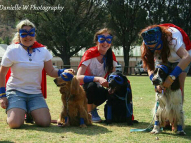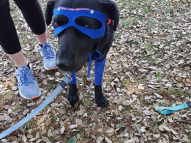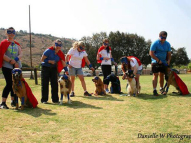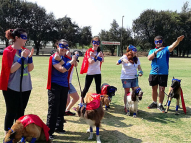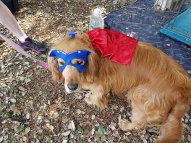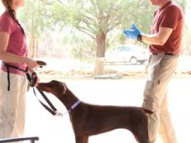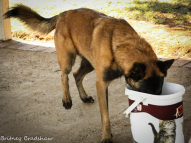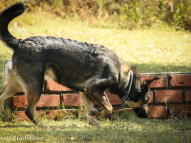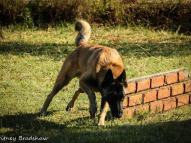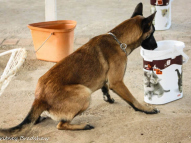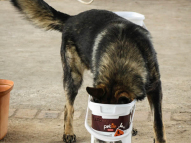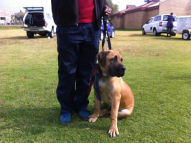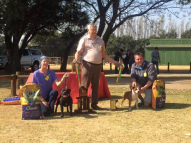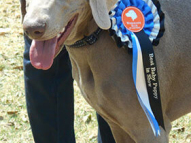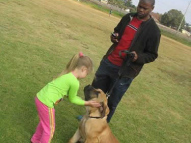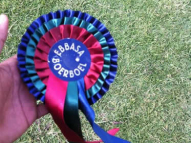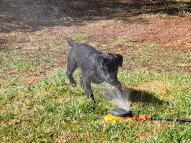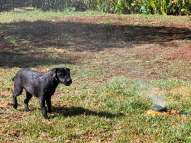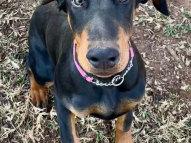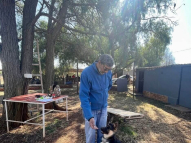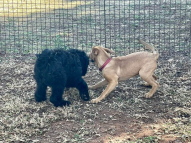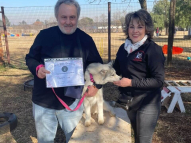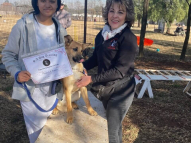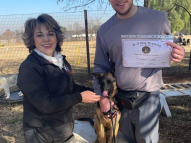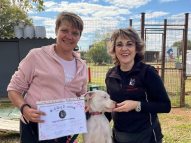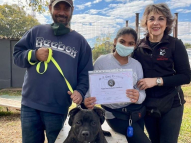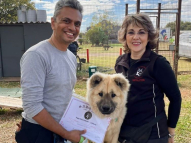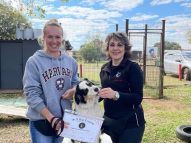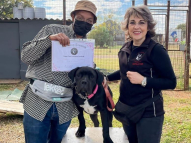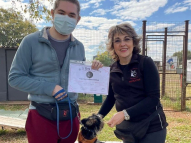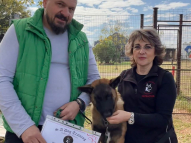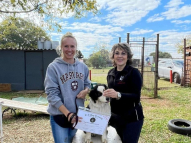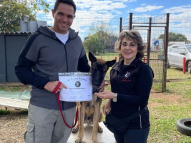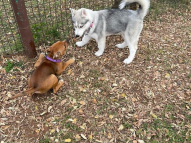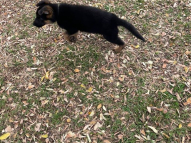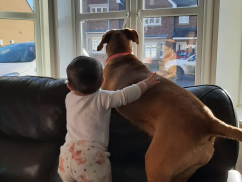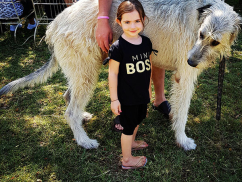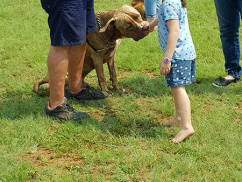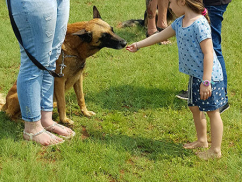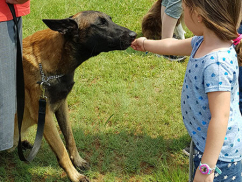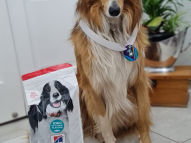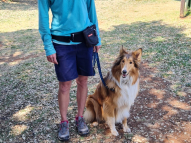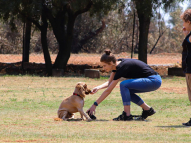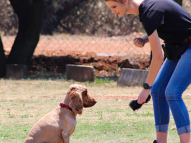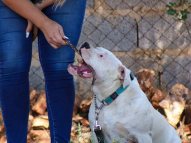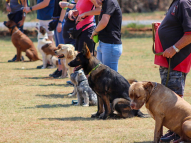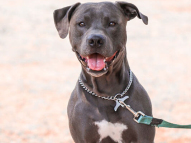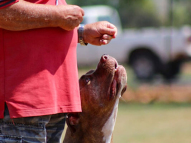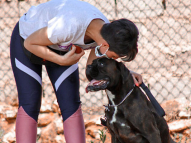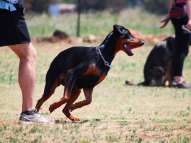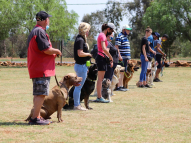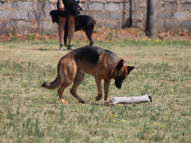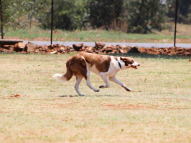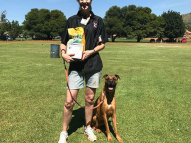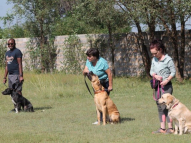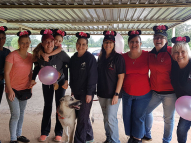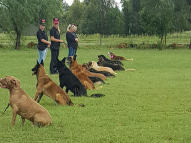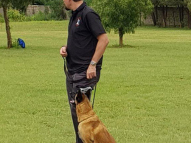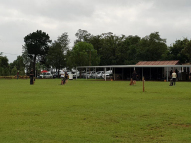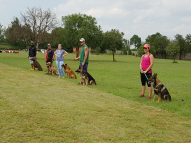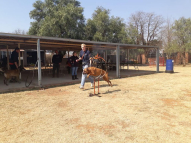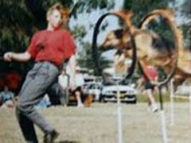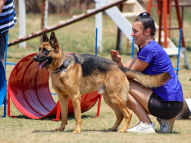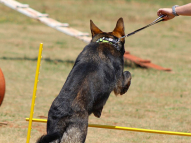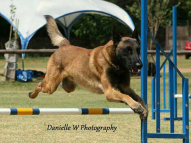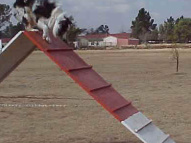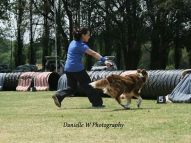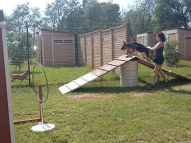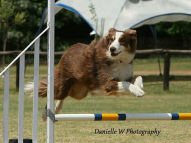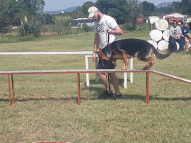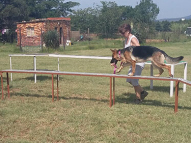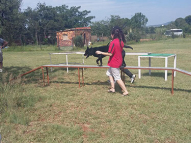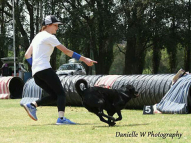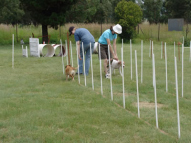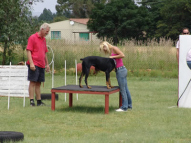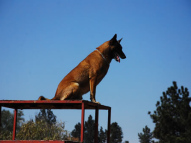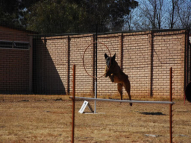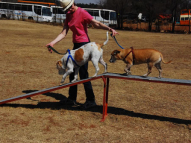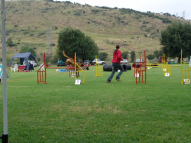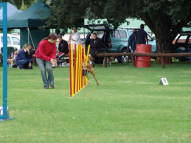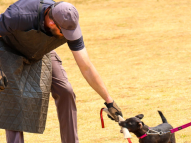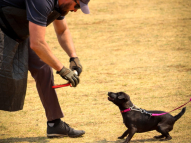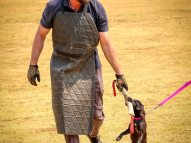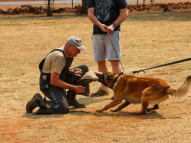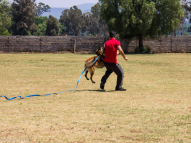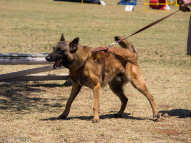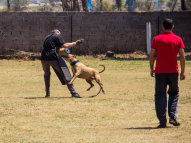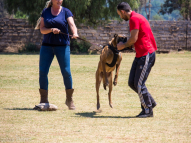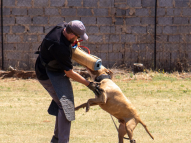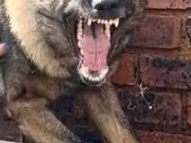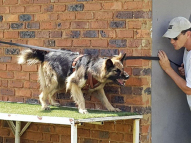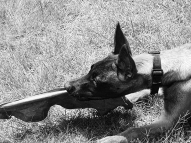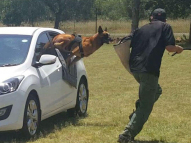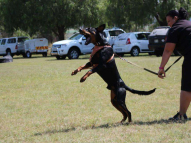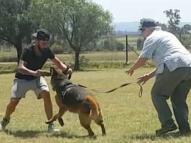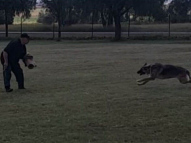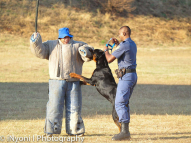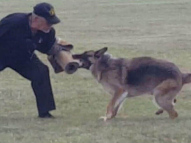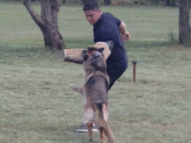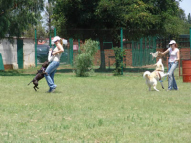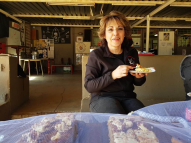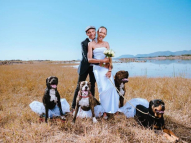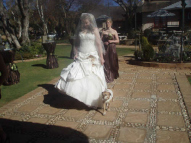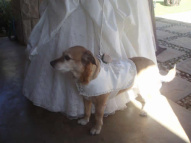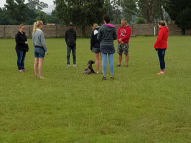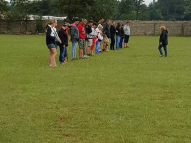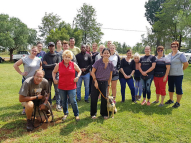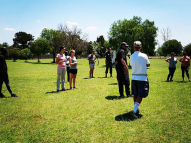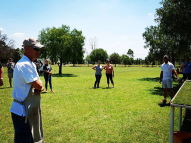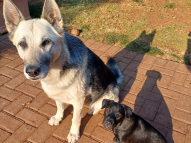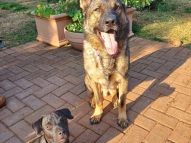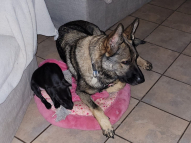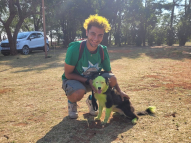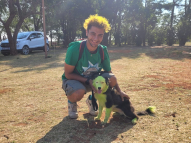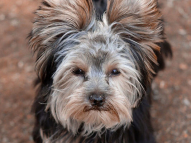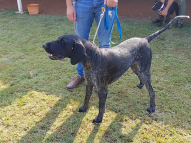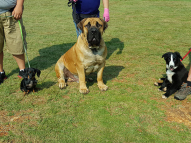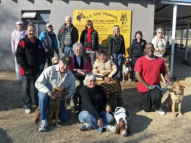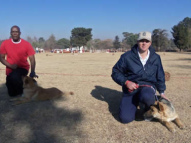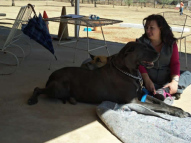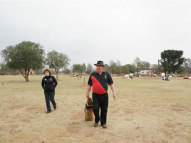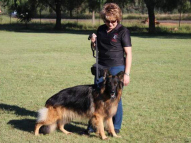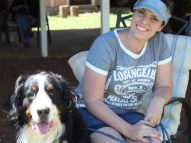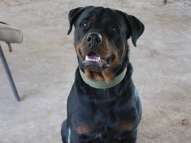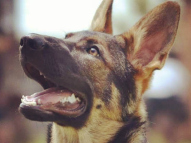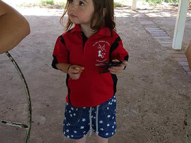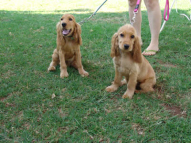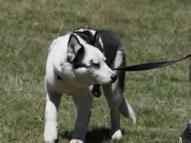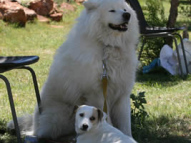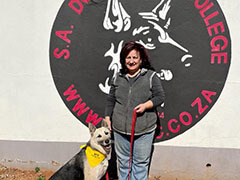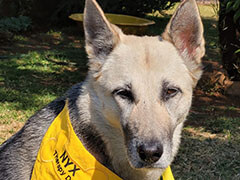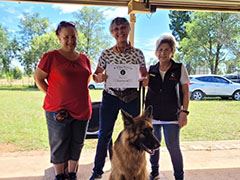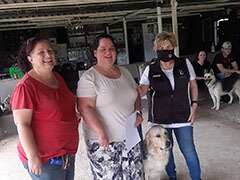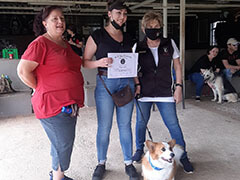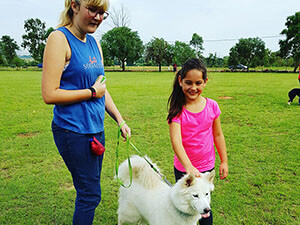Gallery
Click to jump: Fun Event | Detection | Breed Competition | Pups | Children Training Dogs | Obedience | Agility/Dog Jumping | Protection Work | Social | Tracking | Instructor Course | Miscellaneous | Service/Therapy Dogs | Choose the Right Dog
Fun Event: September 2017
Out of 7 teams who entered, we took 3rd place and won best dressed section.
Detection
Breed Competition
Pups
Children Training Dogs
Obedience
Agility/Dog Jumping
Protection Work
Social
Tracking
Instructor Course
Miscellaneous
Service/Therapy Dogs
I am so exceptionally proud of this special girl, Nyx. She has a very natural ability to be able to single out people who need help and just make everything better. As a therapy dog she gives selflessly to those in need. There isn’t a human that she has worked with that hasnt felt better when they done. Everyone leaves with a smile. Nyx included. Over time she has a built a fan club and we have had people travel to come and visit her. To see the difference she makes is so awesome and to be able to share her talents is a very special gift. I’ve often said she is a once in a lifetime dog and it is a very special journey we travel together. It has been amazing to be able to help the many people who are struggling and see the changes. Together Nyx and I go forward making things better for those we can help. It has been a privilege to share the journey with this amazing girl.
Lize (blue shirt) got Holly as an alert dog, to alert her on low blood sugar levels. She has already alerted her about 7 times, and once when she was sleeping, when it was as low as 3.4.
Choose the Right Dog
Article Source: Men’s Health
Your guide to finding the best four-legged running companion
If you want to make sure your running shoes actually hit the pavement every day, get a dog that needs regular exercise. But borrowing your girlfriend’s Chihuahua, won’t help. A range of factors determine whether or not a dog will be a good training/running partner says Christine van der Westhuizen, owner of the South African Dog Training College. “Any breed of dog is only as good as it’s breeding, its upbringing, training and home environment.” Keep this in mind when you choose your canine running partner.
Outdoor Family Man
You need a dog that will be able to keep up with your active and adventurous lifestyle. “The Border Collie has a tremendous amount of energy and a large open space is excellent for this breed,” says Van der Westhuizen. “They are keen workers and are quick to grasp what they are taught.” As an added bonus, their good temperament and eagerness to please ensure that they will be good with children and other animals.
Slick City-Dweller
A properly trained (long legged) Fox Terrier will be your best running partner in the city. “They are agile and energetic dogs, but can be calm and controlled when necessary,” says Van der Westhuizen. Fox terriers are also known to be excellent protection dogs, if safety is a concern. “They are highly alert,” she continues, “many a Fox Terrier has saved their owner’s life due to the strong bonds they form and their alertness.”
Long Distance Runner
If a 21km run is part of your daily routine, you need the stamina and endurance of a Siberian Husky, says Van der Westhuizen. But keep in mind that these dogs are bred to lead and think for themselves, so training is vital. “The pace and distance should be started slowly and built up as the dog adapts.”
Training Your Dog
It’s important to gradually build up your dog’s endurance if you want it to be your running buddy. “In the beginning it’s wise to alternate between walking and running,” says Dr Bev Rhind, a veterinary surgeon. Gradually increase the time that you run, until you and your dog are running at a steady pace for about 20 minutes. Remember that puppies still have a lot of growing to do, so it’s best to wait until they are a bit older, if you are training for running. “Don’t train a puppy for running, as their growth plates must first close to avoid permanent injuries. Most large breed dogs can begin training at about 18 months.”
Paws For Thought
Gradual training will toughen up your dogs’ pads and possibly prevent any pad injuries, but it’s still vital to check for minor injuries after each run, especially if you’re running on a pavement. “After the run it’s important to examine for any damage like cuts and scrapes,” says Dr Rhind. Minor injuries can be bathed in water with a few drops of tea tree oil, but if there are deep cuts or the pad is damaged consult your vet.” Make sure to keep your dogs’ nails short, and always check the hair around the paw for any knots, which may cause pain.
